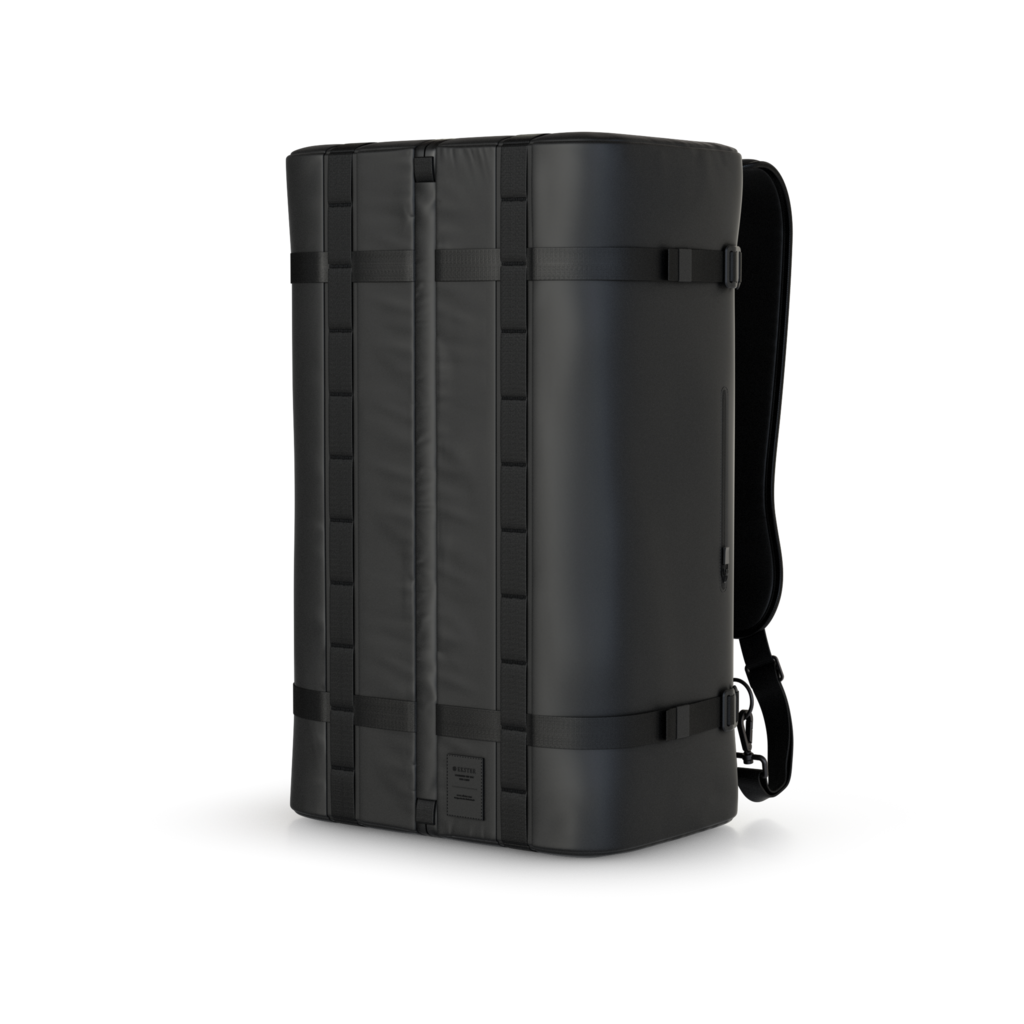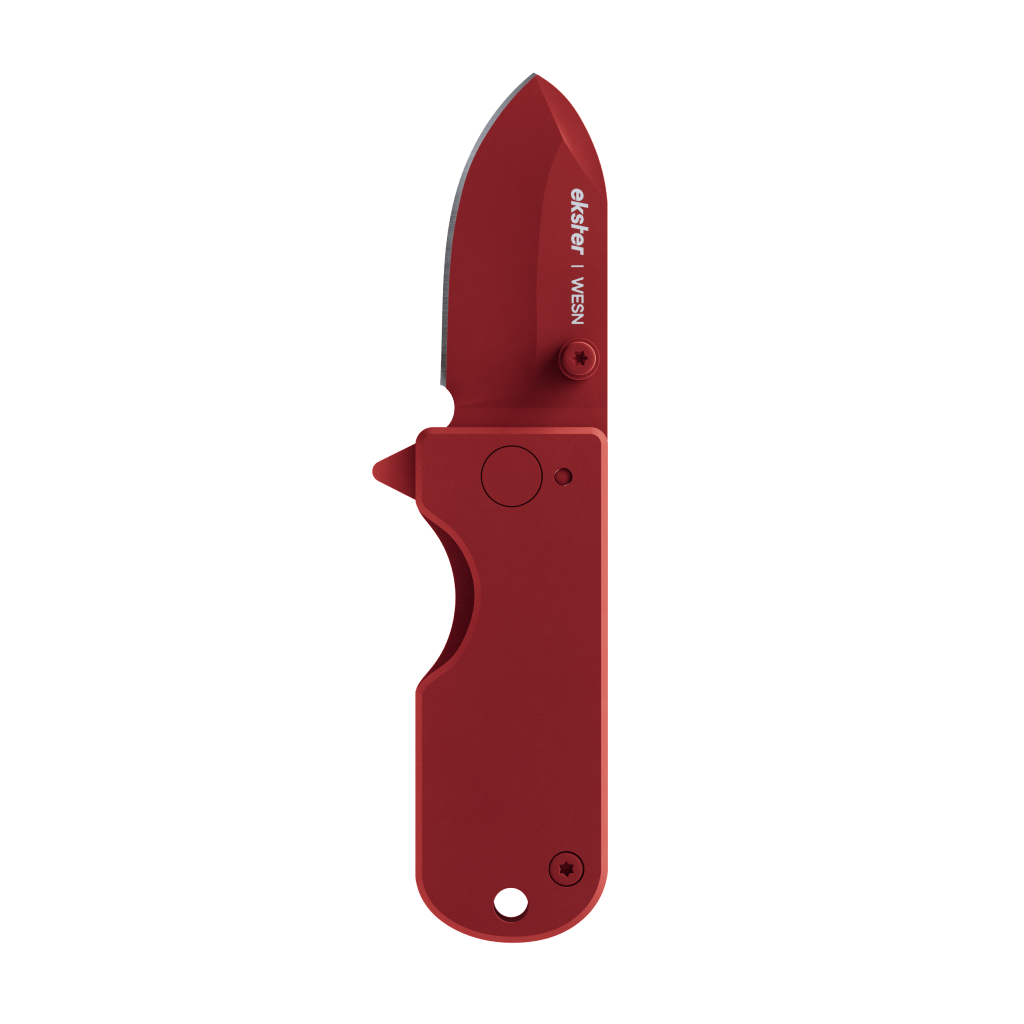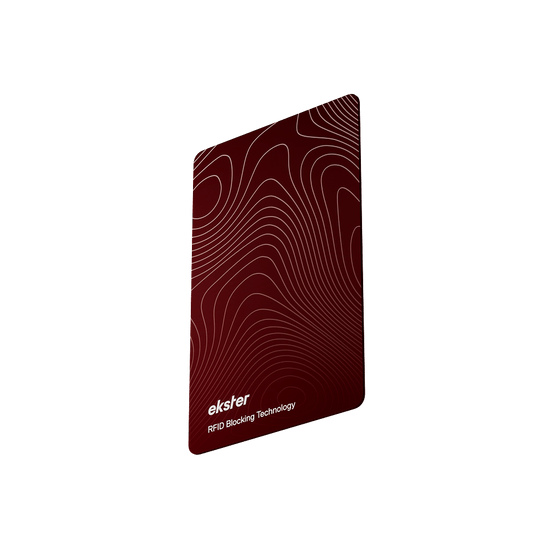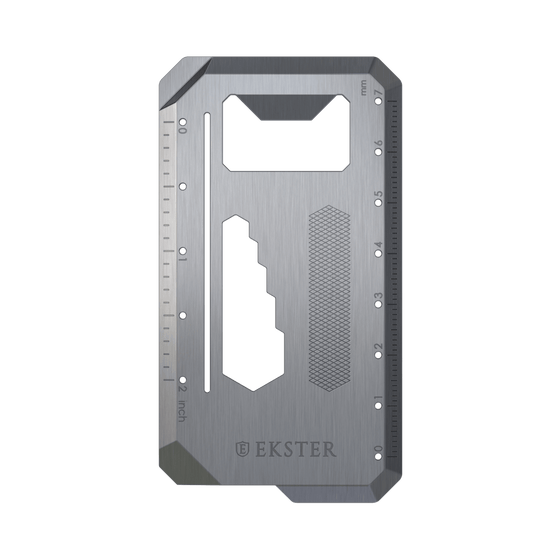What is Vegetable Tanned Leather?
Anyone in the leather industry worth their salt knows that vegetable tanning is the only way to produce high quality leather. Vegetable tanning refers to the process through which animal hides are transformed into leather using specific molecules called tannins. Dating back to over 10,000 years ago, vegetable tanning is the only method that uses natural ingredients, like bark and leaves, to create the notable texture, smell, and color everybody wants in a leather good.

What is leather tanning?
Leather tanning refers to the process by which animal hides are transformed into leather. The word tanning comes from tannins, a biomolecular acid that binds to proteins and can be found everywhere in nature from bark to berries. In nature, tannins exist to make things taste inedible, like making unripe fruit taste sour and unpleasant.
Besides making things taste bad, they also have the ability to change the shape, texture, and color of animal hides, transforming them into leather.
There are several different types of tanning but the main two are vegetable tanning and chrome tanning. Vegetable tanning is by far the oldest method, dating back to 5,000 years ago where hides were soaked in water with mimosa bark and leaves.

The Vegetable Tanning Process
“Vegetable tanning” just means that leather is tanned with natural ingredients that come from plants or vegetables. It’s the oldest and most prestigious way of making leather, revered by top brands like Gucci and Balenciaga and local artisan alike. That’s because it produces the most beautiful and the most durable leather.
1. Pre-tanning
Most hides used for leather (and 100% of ours) come as a byproduct of the meat industry. Once they arrive at the tannery, they go into a salt bath that stops bacterial growth. During the liming phase, any leftover residue of dirt or hay is removed and the hides are cleaned. After the liming solution is washed off in a process called de-liming, the hides are ready for tanning.
2. Tanning
The hides are placed into a vat filled with water and the tanning solution where they soak for a very long time, even months. The specific tannins that are used vary from person to person but most are well-guarded secrets that use special blends of natural ingredients from the area. Some notable tanneries even pass their secret recipe down from generation to generation.
3. Treatment
After soaking in the tanning vat, the hides are rinsed and left to dry. Depending on the tannery and method, hides are dried in special controlled environments outside in the sun. Some leather, like our Vachetta Leather, is dried under the Tuscan sun in Italy during the summer months. The method of trying in combination with the specific tannins produces different shades of leather.

Quality
Vegetable tanning produces by far the highest quality of leather. You can tell if leather has been vegetable tanned by the feel, flexibility, color, and smell. Vegetable tanned leather has a characteristic sweet smell and earthy color, while chrome tanning creates rougher leather that smells of chemicals.
Vegetable tanned leather doesn’t need a synthetic coating, so it is able to breath. This means the leather can absorb oils and moisture over time, forming a patina. Patina is a word used by experts that describes the way in which genuine leather changes as it ages, taking on a new tone over time and becoming smoother and more flexible.

Durability
Vegetable tanned leather is renowned for its robustness and durability. Compared to chemical tanned leather which breaks down quicker because more moisture is removed during the tanning process, reducing elasticity and making it more brown to cracks.
If cared for correctly, vegetable tanned leather can last more than a lifetime. In fact, researchers discovered a leather shoe in excellent condition that was dated as being at least 5,500 years old! Talk about generational.

Environmental Impact
Vegetable tanning is universally agreed to be much better for the environment than chrome or chemical tanning. While vegetable tanning still requires water and energy to do, it uses only natural ingredients that don’t pollute the surrounding environment.
Chrome tanning uses known poisons and carcinogens to treat leather in a faster but much more harmful process. Because of all the chemicals needed, chrome tanners produce a huge amount of contaminated water and sludge. In countries with lacking environmental protection, tanneries can end up polluting the groundwater of neighboring residential areas leading to disease.
Unfortunately, only about 10% of leather made today is vegetable tanned since chrome tanning is much cheaper and quicker to do.






























